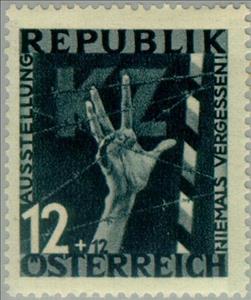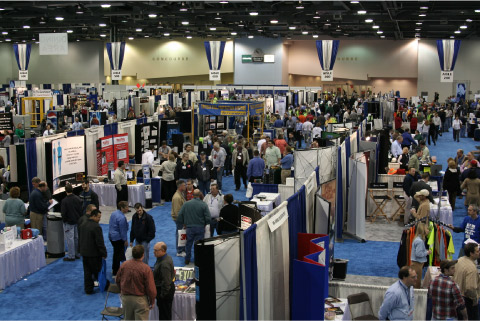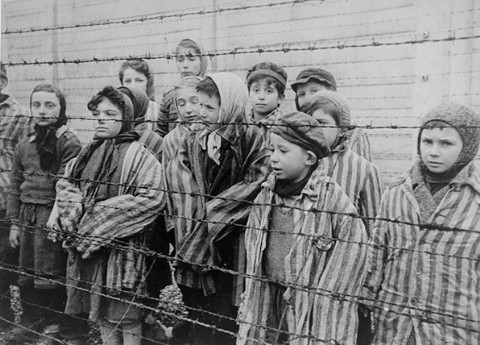Stamp: Hand behind barbed wire (Austria 1946)
Hand behind barbed wire (Austria 1946)
16 September (Austria ) within release Exhibition against facism goes into circulation Stamp Hand behind barbed wire face value 12+12 Austrian groschen
| Stamp Hand behind barbed wire in catalogues | |
|---|---|
| Michel: | Mi:AT 779 |
| Yvert et Tellier: | Yt:AT 641 |
Stamp is vertical format.
Also in the issue Exhibition against facism:
- Stamp - Occupation of Austria 1938 face value 5+3;
- Stamp - The End 1945 face value 6+4;
- Stamp - Stephans cathedral burning face value 8+6;
- Stamp - Hand behind barbed wire face value 12+12;
- Stamp - Fist strangling a snake face value 30+30;
- Stamp - Hammer crushing a pillar with swastika capital face value 42+42;
- Stamp - Hand swearing oath & Austrian flag face value 1+1;
- Stamp - Austrian eagle rising from the flames face value 2+2;
- Stamp - Lightnings face value 5+3;
- Stamp - Skull and Hitler mask face value 12+12;
Stamp Hand behind barbed wire it reflects the thematic directions:
An exposition, in the most general sense, is an organized presentation and display of a selection of items. In practice, exhibitions usually occur within museums, galleries and exhibition halls, and World's fairs. Exhibitions can include many things such as art in both major museums and smaller galleries, interpretive exhibitions, natural history museums and history museums, and also varieties such as more commercially focused exhibitions and trade fairs.
Internment is the imprisonment of people, commonly in large groups, without charges or intent to file charges. The term is especially used for the confinement "of enemy citizens in wartime or of terrorism suspects". Thus, while it can simply mean imprisonment, it tends to refer to preventive confinement rather than confinement after having been convicted of some crime. Use of these terms is subject to debate and political sensitivities. The word internment is also occasionally used to describe a neutral country's practice of detaining belligerent armed forces and equipment on its territory during times of war, under the Hague Convention of 1907
A hand is a prehensile, multi-fingered organ located at the end of the forearm or forelimb of primates such as humans, chimpanzees, monkeys, and lemurs. A few other vertebrates such as the koala (which has two opposable thumbs on each "hand" and fingerprints remarkably similar to human fingerprints) are often described as having "hands" instead of paws on their front limbs. The raccoon is usually described as having "hands" though opposable thumbs are lacking.



